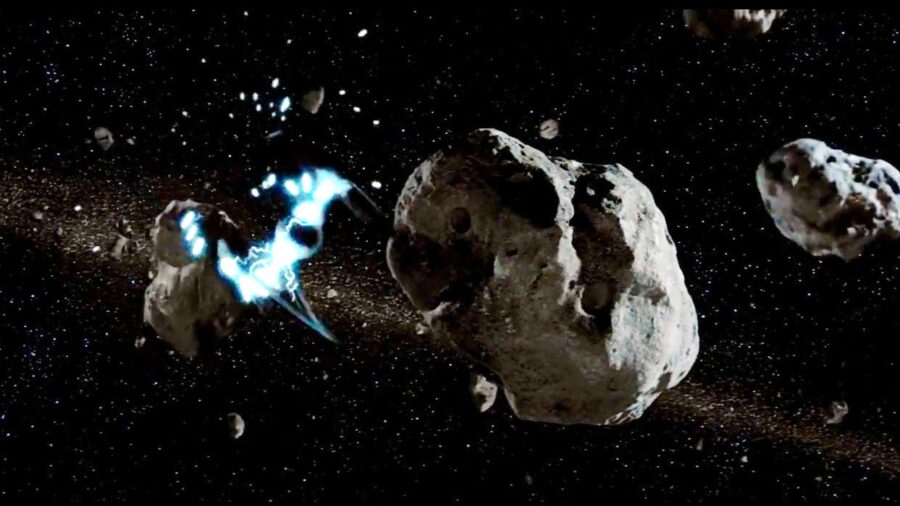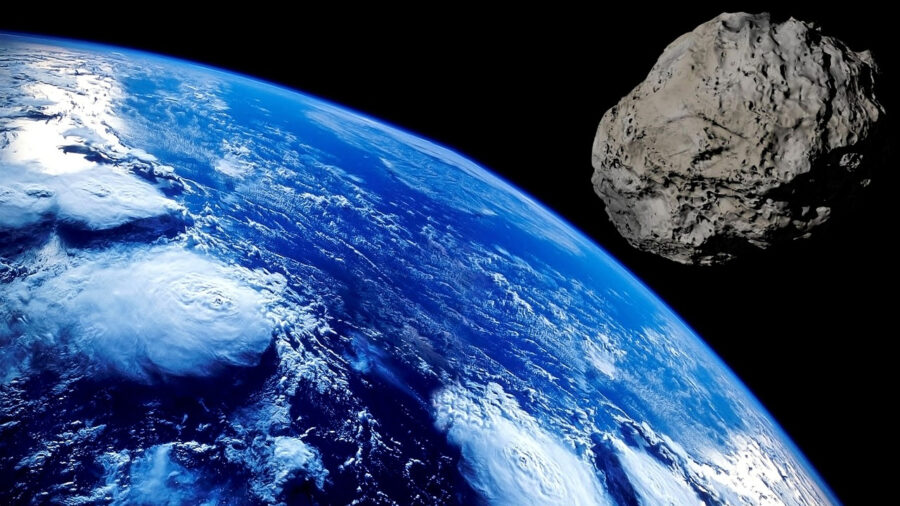A Near-Collision In Space Was Almost A Catastrophe
Two pieces of derelict space machinery narrowly avoided a collision in space, which would add to an increasing problem of blocking access to Earth orbit.

There was almost a space collision in low-Earth orbit the other day, which could have led to long-term disastrous consequences. Fortunately, it was a near miss, and the ever-growing amount of space debris didn’t increase. LEOLabs, a company that tracks satellites and derelict space objects, took to Twitter to post its findings on the event:
According to LeoLabs, the space collision would have been between an SL-8 rocket body and Cosmos 2361 — two Soviet-era pieces of space junk. LeoLabs added that its instruments reported a miss distance of only six meters (20 feet) which is incredibly close for two objects in space. If the two objects had collided, it could have resulted in thousands of pieces of space debris.
There’s a lot of space out there, so why is a space collision between two unmanned objects a big deal? It’s worse than you might think. The accumulation of space debris pushes us further toward a phenomenon known as “Kessler Syndrome.”
Put simply, Kessler Syndrome would block off access to large portions of low-Earth orbit. This would make it exceedingly difficult for spacecraft, satellites, and astronauts to safely operate in Earth’s orbit without risk of collision. Currently, there aren’t many actionable solutions to reducing this debris, so it’s good that this space collision didn’t happen.
It’s also imperative that more debris isn’t added, whether that’s through accidental space collisions or purposeful action. In 2021, Russia made the egregious decision to blow up one of its satellites in low-earth orbit for a weapons test. The debris resulting from the test will remain in orbit for decades, posing potential collision risks for years to come.

At the time, NASA administrator Bill Nelson told the Associated Press that Russia’s weapons test that the risk for astronauts was four times greater than it was before the test. Crew members of the International Space Station had to take shelter following the test in case errant debris from the test hit the station. While space collisions from derelict objects aren’t necessarily preventable, these kinds of situations are preventable and unnecessary.
Fortunately, there are various solutions to prevent Kessler Syndrome from becoming a reality. These solutions include maintaining and repairing orbiting satellites to prevent breakdowns, reducing the risk of space collisions by making satellites easier to maneuver, and retiring satellites in a sustainable and safe way. There likely will need to be solutions in place to reduce existing debris and dispose of it.
If we don’t prevent Kessler Syndrome, the results could be disastrous and life-changing for us Earth inhabitants. We need low-earth orbit satellites for GPS, weather satellites, military operations, financial systems, etc. In other words, space collisions and anything else that adds to debris needs to be reduced if we don’t want to be in a dire situation in the future.
While this space collision certainly wouldn’t have been enough to get us straight to Kessler Syndrome levels of debris, it’s still a close call. Any addition of debris is bad at this point, especially with how many private companies and government organizations are starting to fill low-earth orbit with more objects. Make sure to follow LeoLabs if you want to stay up to date with debris and other objects.












